44 google sheets query labels
cloud.google.com › bigquery › docsOptimize query computation | BigQuery | Google Cloud Sep 15, 2022 · The Google Standard SQL query optimizer can determine which table should be on which side of the join, but it is still recommended to order your joined tables appropriately. As a best practice, place the table with the largest number of rows first, followed by the table with the fewest rows, and then place the remaining tables by decreasing size. cloud.google.com › bigquery › docsAccess control with IAM | BigQuery | Google Cloud Sep 15, 2022 · 1 For any job you create, you automatically have the equivalent of the bigquery.jobs.get and bigquery.jobs.update permissions for that job.. BigQuery predefined IAM roles. The following table lists the predefined BigQuery IAM roles with a corresponding list of all the permissions each role includes.
› google-sheets-query-sqlGoogle Sheets Query function: Learn the most powerful ... Feb 24, 2022 · The Google Sheets Query function is the most powerful and versatile function in Google Sheets. It allows you to use data commands to manipulate your data in Google Sheets, and it’s incredibly versatile and powerful. This single function does the job of many other functions and can replicate most of the functionality of pivot tables.

Google sheets query labels
cloud.google.com › bigquery › docsQuery partitioned tables | BigQuery | Google Cloud Sep 15, 2022 · To improve query performance, use the _PARTITIONTIME pseudo-column by itself on the left side of a comparison. For example, the following two queries are equivalent. Depending on the table size, the second query might perform better, because it places _PARTITIONTIME by itself on the left side of the > operator. Both queries process the same ... codingisforlosers.com › google-sheets-query-functionGoogle Sheets Query Function - Coding is for Losers The second line (outside query) runs your actual math and labels your columns. Remember that query column labels will always appear at the end of the statement, and look generally like the SELECT statement (select Col1, sum(Col2) maps out to label Col1 ‘handle’, sum(Col2) ‘total retweets’). cloud.google.com › bigquery › docsUsing Connected Sheets | BigQuery | Google Cloud Sep 15, 2022 · First, make sure that you meet the requirements for accessing BigQuery data in Sheets, as described in the "What you need" section of the Google Workspace topic Get started with BigQuery data in Google Sheets. If you do not yet have a Google Cloud project that is set up for billing, follow these steps: Sign in to your Google Cloud account. If ...
Google sheets query labels. infoinspired.com › google-docs › spreadsheetAggregation Function in Google Sheets Query: Sum, Avg, Count ... Jul 27, 2019 · The Formula to Sum a Single Column Using Query in Google Sheets. =query(A4:F,"Select Sum(C)",1) You May Like: Learn all the Basic Match Functions in Google Sheets. Suppose you want the formula to Sum column F if column B is “A”. This’s called conditional sum. Conditional sum() Single Column. Here is the formula, based on the above sample ... cloud.google.com › bigquery › docsUsing Connected Sheets | BigQuery | Google Cloud Sep 15, 2022 · First, make sure that you meet the requirements for accessing BigQuery data in Sheets, as described in the "What you need" section of the Google Workspace topic Get started with BigQuery data in Google Sheets. If you do not yet have a Google Cloud project that is set up for billing, follow these steps: Sign in to your Google Cloud account. If ... codingisforlosers.com › google-sheets-query-functionGoogle Sheets Query Function - Coding is for Losers The second line (outside query) runs your actual math and labels your columns. Remember that query column labels will always appear at the end of the statement, and look generally like the SELECT statement (select Col1, sum(Col2) maps out to label Col1 ‘handle’, sum(Col2) ‘total retweets’). cloud.google.com › bigquery › docsQuery partitioned tables | BigQuery | Google Cloud Sep 15, 2022 · To improve query performance, use the _PARTITIONTIME pseudo-column by itself on the left side of a comparison. For example, the following two queries are equivalent. Depending on the table size, the second query might perform better, because it places _PARTITIONTIME by itself on the left side of the > operator. Both queries process the same ...









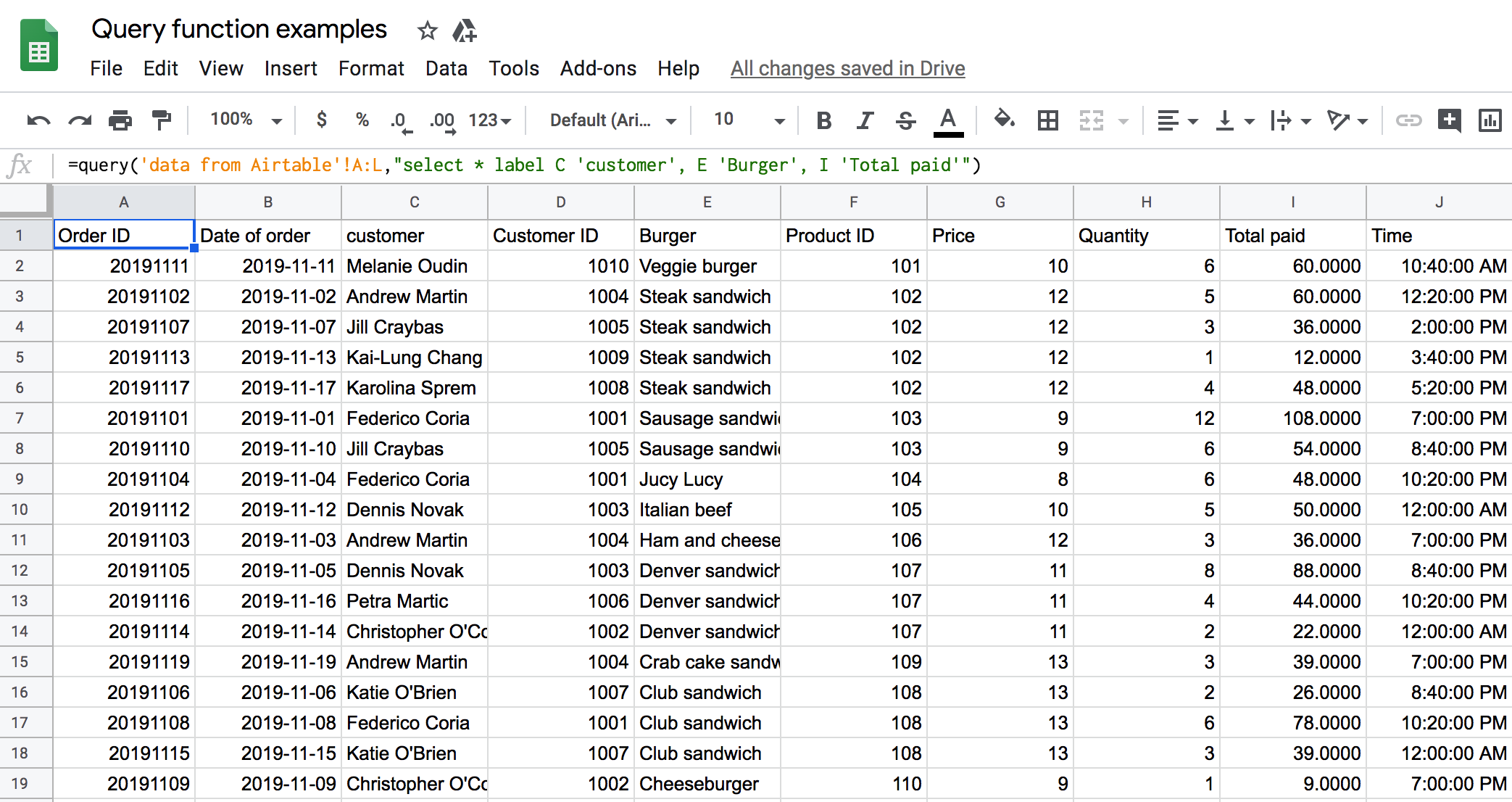


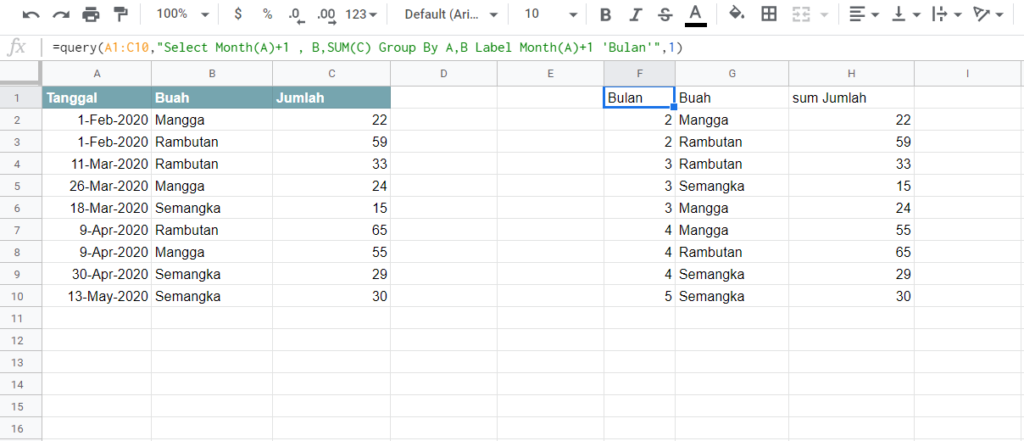
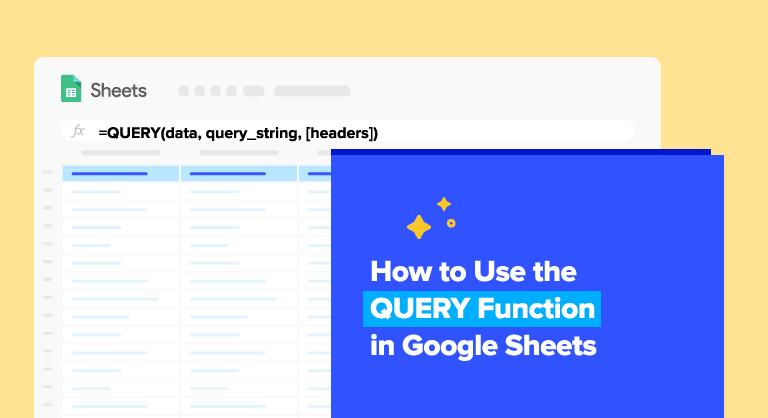
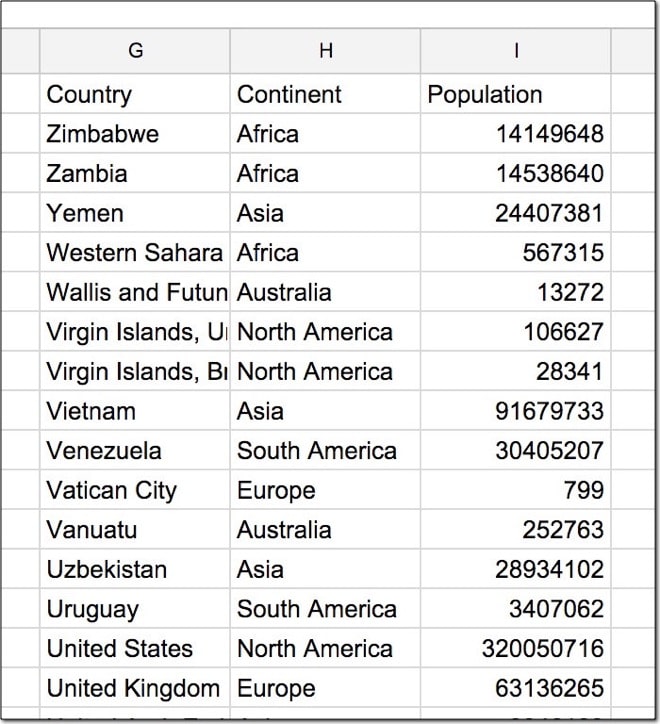








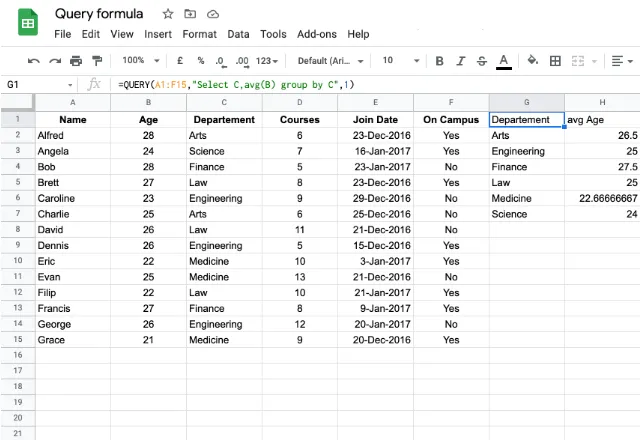





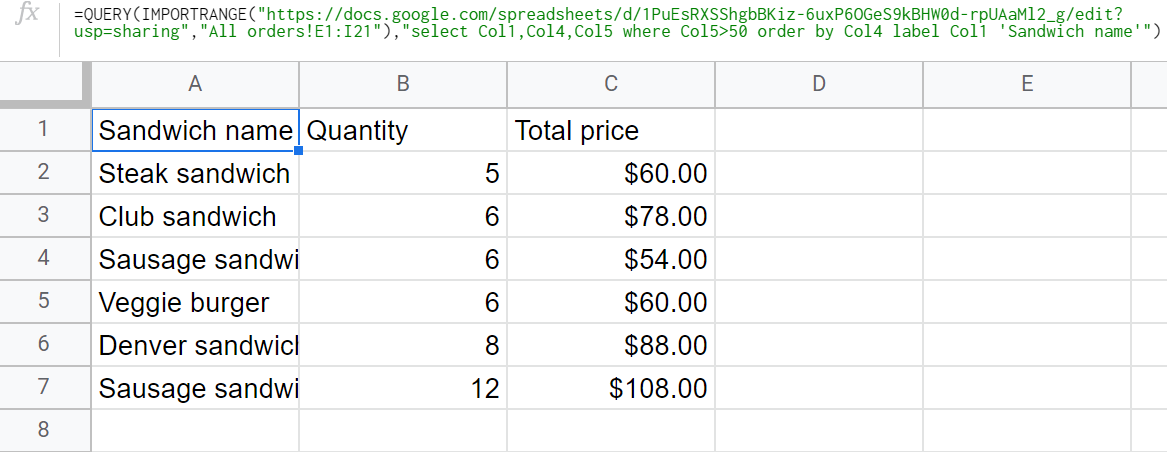





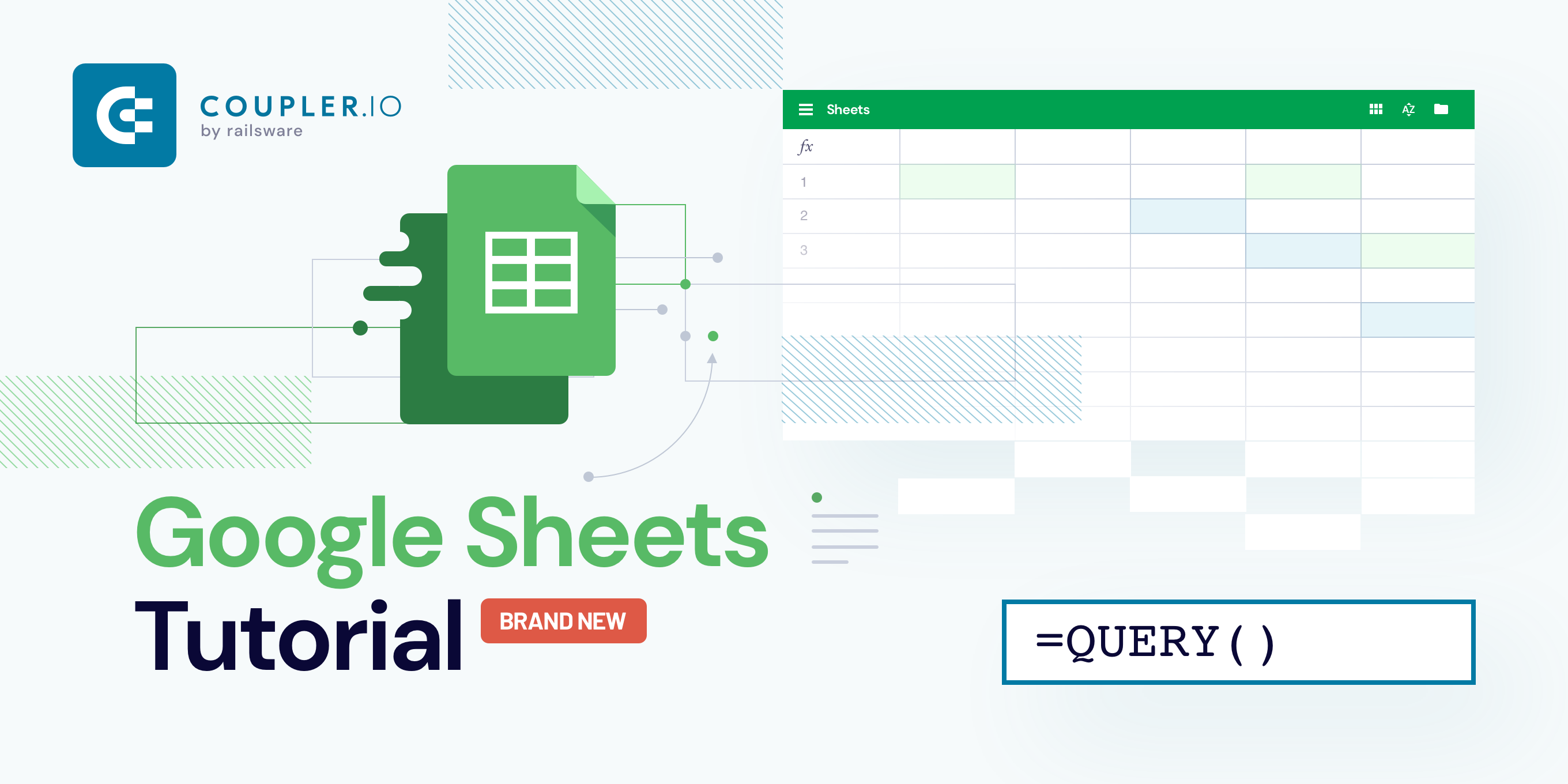




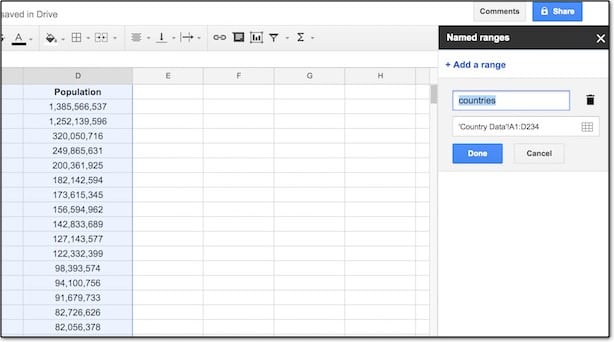

Post a Comment for "44 google sheets query labels"